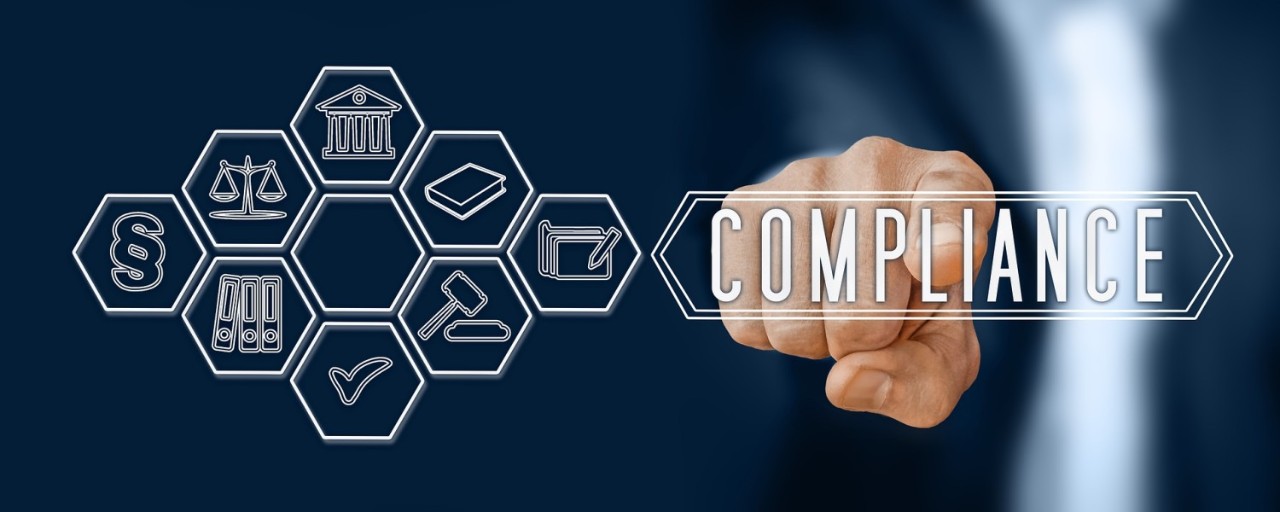
What Are The Web Content Accessibility Guidelines - Why You Should Care
As internet use becomes more prevalent private agencies are also being required to ensure their web content is accessible for both internal and external users
The Web Content Accessibility Guidelines (WCAG) created by W3C have been required by some federal agencies since 1998. As internet use because more prevalent private agencies are also being required to ensure their web content is accessible for both internal and external users. Yet still many organizations are not meeting the guidelines and are having to deal with the repercussions.
Typically, when people refer to web content, the immediate thought that comes to mind is an online website but often organizations also have forms that are accessible online which too fall under the umbrella of web content that is required to meet the WCAG specifications. Even forms that must be printed to be completed still fall under this category and tend to be overlooked by organizations.
Not meeting the WCAG standards can cause bad PR for the organization, cause an organization to incur costly fines along with legal consequences. In 2019 there were over 11,000 ADA Web Compliance Lawsuits that were filed.
Undertaking a WCAG project can be a complicated tasks with major repercussions if not completed completely, accurately and in a timely fashion. Here is a quick overview of the major components of a compliance project entail:
Step 1. Perform a detailed audit of existing content
Step 2. Prioritize the identified content in Step #1
Step 3. Group content found in Step #1 by their type (e.g. Word, Excel, code, etc.)
Step 4. Define a single architecture for the organization
Step 5. Identify content that can be converted to the new architecture and which cannot
Step 6. Review all high priority items that can be converted to the new architecture
Step 7. Create all the high priority common objects.COM WWW.4POINT.COM
Step 8. Update, all priority forms to the new architecture
Step 9. Convert the content that cannot use the new architecture
Over 20% of organization do not know how many forms they have let alone be able to identify which ones are compliant. This can further complicate the project when 15% of medium to large sized organization have over 5,000 forms.
Working with an expert will allow you to build out a proper strategy to ensure all the content is identified and corrected to meet the WCAG specifications. This will reduce the time required to complete the project additionally lower the cost for multiple iterations of changes.
Leveraging an expert will also increase the accuracy of the changes and ensures that content is meeting the requirements as outlined. Nothing beats experience and if it is your first time ensuring that content is meeting the WCAG you will have a learning curve that will need to be overcome as you work through the project.
Learn more about the importance of Accessibility on our Accessibility page.
